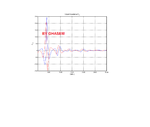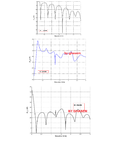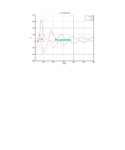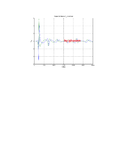ghasem_008
Full Member level 4

- Joined
- Feb 9, 2012
- Messages
- 221
- Helped
- 11
- Reputation
- 22
- Reaction score
- 10
- Trophy points
- 1,298
- Activity points
- 2,990
Hi
is there ayone who has a matlab or hfss program for mutual impedance calculation of monopole or dipole antenn array?
I simulated mutual impedance of two dipole antenna array with fdtd.but I don't know why my
Z12 has a big peak (for example 250 ohms),While in several reference,I saw the peak about 80 ohms.
in my desing:
distance between elements = 0.5λ
dipoles are λ/2.
radius = λ/200
I attached my results.
do you have any idea?do you think my results are true?

is there ayone who has a matlab or hfss program for mutual impedance calculation of monopole or dipole antenn array?
I simulated mutual impedance of two dipole antenna array with fdtd.but I don't know why my
Z12 has a big peak (for example 250 ohms),While in several reference,I saw the peak about 80 ohms.
in my desing:
distance between elements = 0.5λ
dipoles are λ/2.
radius = λ/200
I attached my results.
do you have any idea?do you think my results are true?

Last edited:






